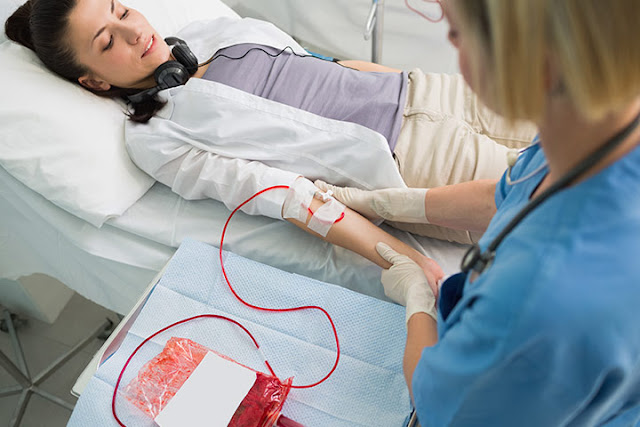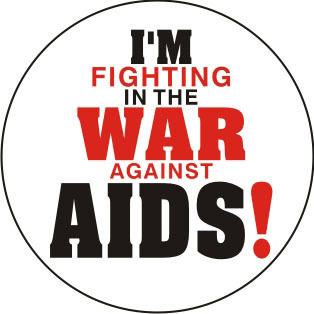A genetic disorder, thalassemia is a blood disorder passed down through families in which the body makes an abnormal form of hemoglobin.

What is Thalassemia?
- Thalassemia is a group of inherited blood disorder
- The genetic defect result in reduced and defective synthesis of hemoglobin
- Characterized by anemia of varying severity.
Thalassemia Major:
- The patient suffers with severe anemia, stunted growth & bony deformities.
- It usually presents and get diagnosed within first six months of life.
- If untreated, it is not compatible with life.
- The only treatment is regular blood transfusion every moth throughout life.
- The patients usually succumb to various complications in second or third decade.
Difficulties of Thalassemic patients and their parents:
Psychological stress-
The patient have to get admitted in hospital every month for blood trasfusion. It is psychologically very traumatic to both the patient & the parents of getting admitted every month in hospital for blood transfusionPain of needle prick-
During every blood transfusion, patient suffers at least two pricks. In addition they have to take injections to avoid iron overload.Cost of the treatment-
Average cost of medical management of thalassemia is 700 USD/- per month.Logistic problems-
Every month either of the parents have to take leave from their routine duties and make logistic arrangements for admission in hospital, finding blood donor, take the blood beg from blood bank to hospital, and again take the child back to home.Complications-
Pain of the Thalassemic patient does not end here. They suffer many complications in their life due to disease itself and its treatment-blood transfusion.Iron overload-
Iron overload result from the disease itself & also from frequent blood transfusions. Iron get deposited in various organs like heart, liver & endocrine glands & damage them. To reduce iron overload these patients have to take regular and adequate iron chelation therapy throughout their life.Transfusion transmitted infections-
Risk of transmission of transfusion transmissible infections like HIV, Hepatitis B & C through blood transfusion is very high in the Thalassemia major patients. Transfusion of 'NAT tested blood' to Thalassemic patients every time almost avoids the risk of TTI.Alloimmunization & adverse transfusion reactions-
These are common in Thalassemic patients as they are exposed to multiple blood donors. By restricting exposure to limited number of blood donors & by transfusion of only 'leukodepleted components' to Thalassemic patients, can avoid these complications.Splenomegaly and Infections-
These are other frequent complications for which these patients may require surgical or medical help.Thalassemia Minor-
It is carrier state. Person suffering with Thalassemia Minor carries abnormal gene of hemoglobin synthesis, but lives normal life, only presentation may be mild anaemia. Thalassemias also occur in descendants of people from Latin America and Mediterranean countries (e.g. Greece, Italy, Portugal, Spain, and others)How does one get Thalassemia?
When both husband and wife are thalassemic minor, there are 25% chances during every pregnancy of their baby being thalaseemic major. There are 25 % chances of their baby being normal and 50% chances of their baby being thalassemic minor during eacy pregnancy.If only one parent is thalassemic minor then there are no chances of their baby thalassemic minor. Their baby may be normal or thalassemic minor.
Prevention of Thalassemia-
If we can avoid marriage of two thalassemic minors, Thalassemia can be eradicated from the region. Thalassemia Care Centre provides blood testing facility to screen the population for thalassemia minor totally free of cost.Economics-
- For management of thalassemic patient
- Average cost of managing thalassemic child is 700 USD /- per year
- For prevention of thalassemia
- The cost per test for detection of thalassemia minor is 3 USD /- as actual.
How can you support to thalassemia patient?
- By Voluntary blood donation
- By organizing blood donation camps & motivate others to donate blood
- By donating something from your hard earned money to thalassemia society.
You can adopt one or more Thalassemia children for financial support by donating 700 USD/- child/year to thalassemia society
-VISION-

“To eradicate Thalassemia disease from the Region by 2020. In the process serve all Thalassemia patients in our region by way of catering to various needs of these patients and thus minimize their problems and difficulties. ”











